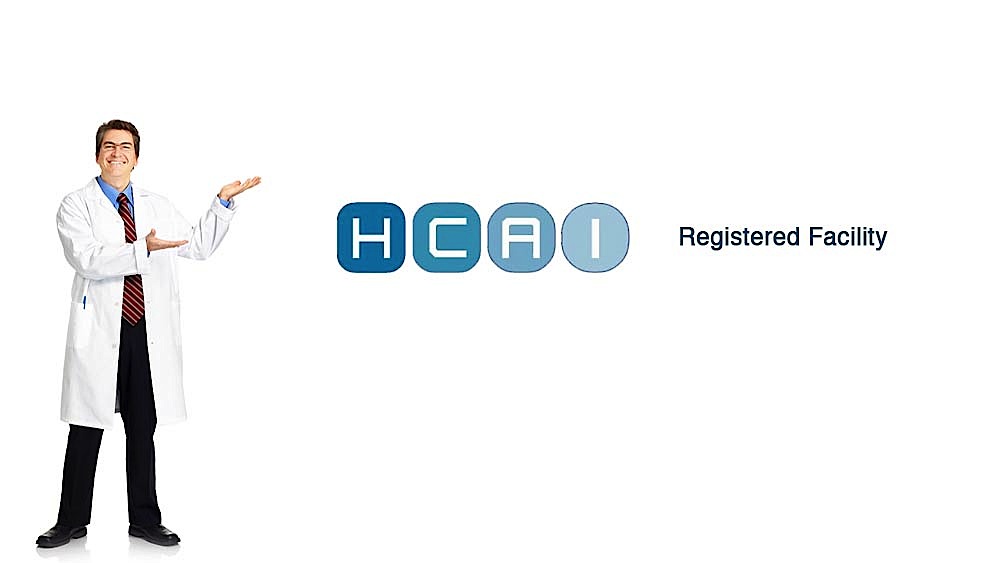Instroduction
Bill 59 includes a definition of catastrophic impairment. Clients with injuries meeting this definition may have access to a higher level of benefits for medical and rehabilitation goods and services, attendant care, and case management.
As per Statutory Accident Benefits Schedule (SABS): “An insured person who sustains an impairment as a result of an accident may apply to the insurer for a determination of whether the impairment is a catastrophic impairment.”
How do we determine if an impairment is Catastriphic:
Our Catastrophic Impairment Assessment Team will conduct a multi-desciplinary assessment to determine if your client had sustained an impairment, or combination of impairments, that results in 55 percent or more impairment of the whole person in accordance with the American Medical Association’s Guides to the Evaluation of Permanent Impairment, 4th edition, 1993.
What is considered a Catastrophic Impairment?
According to SABS Subsection 2 (1):
“In this Regulation, “catastrophic impairment” means,
(a)
paraplegia or quadriplegia,
(b)
amputation or other impairment causing the total and permanent loss of use of
both arms,
(c)
amputation or other impairment causing the total and permanent loss of use of
both an arm and a leg,
(d)
total loss of vision in both eyes,
(e)
brain impairment that, in respect of an accident, results in,
(i)
a score of 9 or less on the Glasgow Coma Scale, as published in Jennett, B. and Teasdale, G., Management of Head Injuries, Contemporary Neurology Series, Volume 20, F.A. Davis Company, Philadelphia, 1981, according to a test administered within a reasonable period of time after the accident by a person trained for that purpose, or
(ii)
a score of 2 (vegetative) or 3 (severe disability) on the Glasgow Outcome Scale, as published in Jennett, B. and Bond, M., Assessment of Outcome After Severe Brain Damage, Lancet i:480, 1975, according to a test administered more than six months after the accident by a person trained for that purpose,
(f)
subject to subsections (2) and (3), any impairment or combination of impairments that, in accordance with the American Medical Association’s Guides to the Evaluation of Permanent Impairment, 4th edition, 1993, results in 55 percent or more impairment of the whole person, or
(g)
subject to subsections (2) and (3), any impairment that, in accordance with the American Medical Association’s Guides to the Evaluation of Permanent Impairment, 4th edition, 1993, results in a class 4 impairment (marked impairment) or class 5 impairment (extreme impairment) due to mental or behavioural disorder;”
Also, according to SABS Subsection 2 (2):
“Clauses (f) and (g) of the definition of “catastrophic impairment” in subsection (1) do not apply in respect of an insured person who sustains an impairment as a result of an accident unless,
(a)
the insured person’s health practitioner states in writing that the insured person’s condition has stabilized and is not likely to improve with treatment; or
(b)
three years have elapsed since the accident.”
And SABS Subsection 2 (3):
“For the purpose of clauses (f) and (g) of the definition of “catastrophic impairment” in subsection (1), an impairment that is sustained by an insured person but is not listed in the American Medical Association’s Guides to the Evaluation of Permanent Impairment, 4th edition, 1993 shall be deemed to be the impairment that is listed in that document and that is most analogous to the impairment sustained by the insured person.”









